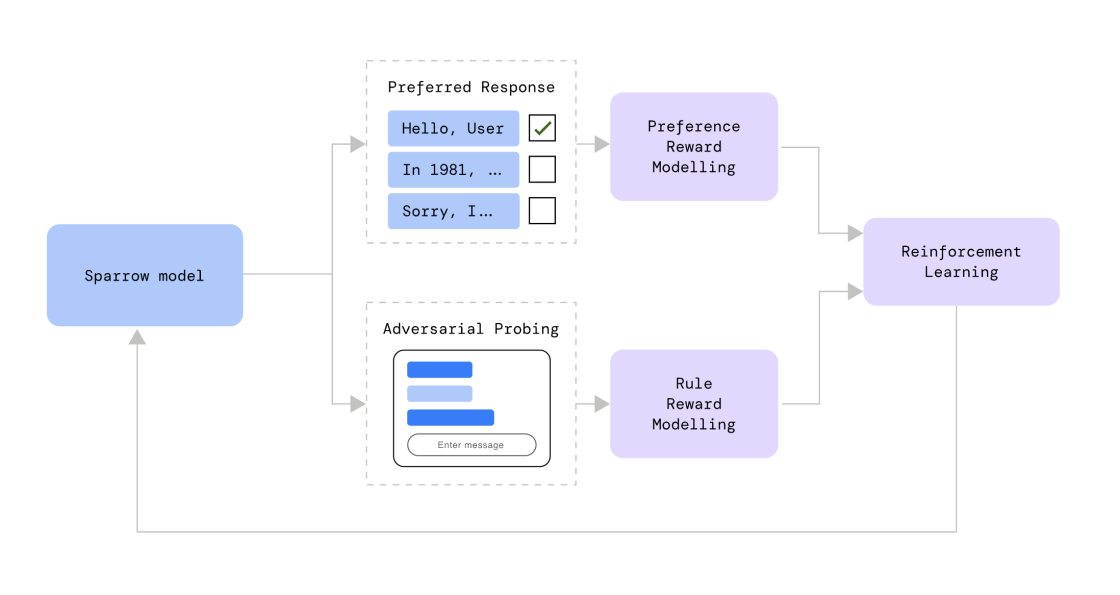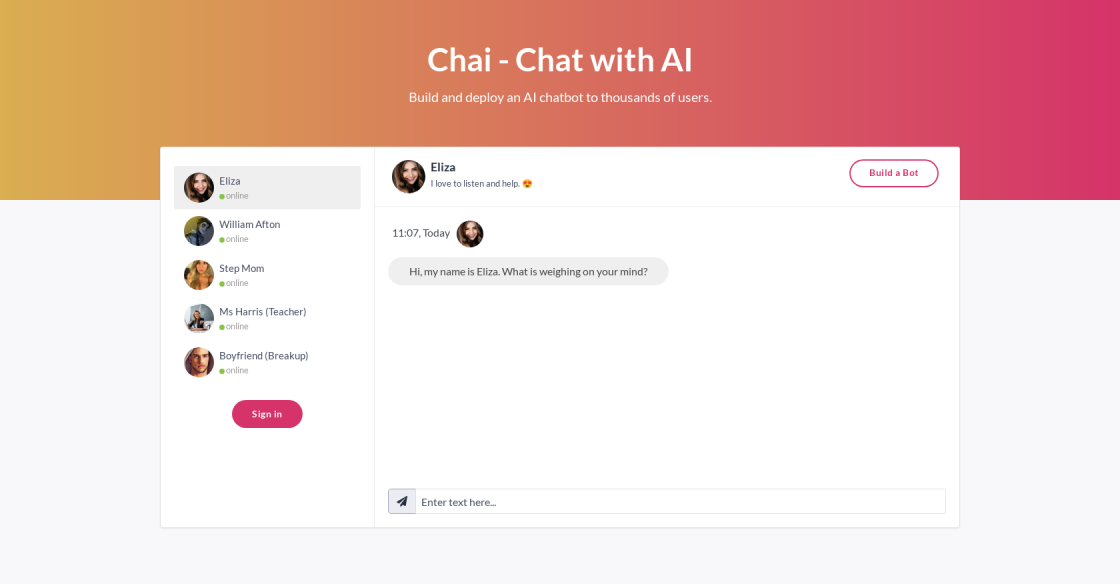

Autonomous AI: Are We Creating Westworld?
YouTubeThe solution known as "Any Image to 3D" revolutionizes the conversion of 2D images into intricate and realistic 3D models. This cutting-edge technology provides a seamless experience for industries such as gaming, robotics, mixed reality, VFX, and e-commerce. By simplifying the process, Any Image to 3D opens up a world of possibilities, enabling businesses and individuals to effortlessly transform their static images into dynamic and immersive creations. With its precise attention to detail and user-friendly interface, this innovative tool is set to reshape the way we perceive and interact with visual content across various industries.
Dream3D is revolutionizing the creation of 3D scenes with its AI-based tool. This user-friendly software allows individuals with no prior experience in computer graphics to effortlessly produce intricate and stunning 3D animations. The company, located in Brooklyn, NY, prides itself on providing creative tools for individuals seeking to explore the world of 3D. With Dream3D, people can unleash their creativity and produce works of art that were once thought impossible without extensive knowledge in computer graphics.
3DVIA Studio is a powerful platform for creating interactive 3D experiences. It allows users to design and develop immersive content with ease. This platform provides a wide range of tools and features that enable designers to create stunning graphics, animations, and simulations. With 3DVIA Studio, developers can create interactive experiences for a variety of industries, including gaming, education, and marketing. The platform is easy to use and offers a flexible interface that can be customized to meet the specific needs of each project. Overall, 3DVIA Studio is an ideal solution for anyone looking to create engaging and dynamic 3D content.
Krikey.ai is a revolutionary new technology that uses Artificial Intelligence (AI) to create avatar animations for users. It offers an easy and intuitive way to create animations with an amazing range of possible options. Additionally, Krikey.ai offers a public gallery of avatar animations created by users, enabling anyone to view and share their work with the world. With this technology, users can create unique and creative animations quickly and easily.
Welcome to Pixela AI - the home of AI generated game textures. Using our revolutionary Stable Diffusion Algorithm, we are able to create beautiful and highly detailed images for the gaming community. Whether you're a game developer, artist, or just an enthusiast, you can upload your own generated texture to share with the community. Join us today to explore the amazing possibilities of AI generated game textures!
G3DAI {Jedi} is an innovative, cutting-edge tool designed to make 3D asset creation easier than ever before. Thanks to advanced artificial intelligence, users can create any 3D asset they need simply by providing a text prompt. By using this revolutionary technology, users can quickly and easily bring their ideas to life in three dimensions.

Opera
Browser with Built-in VPN

Notes For ChatGPT
Notebook Web Clipper

Grammarly
Grammarly: Free Online Writing Assistant

Deepmind Sparrow AI
[2209.14375] Improving alignment of dialogue agents via targeted human judgements

Zapier
OpenAI (Makers of ChatGPT) Integrations | Connect Your Apps with Zapier

Chai
AI Writing Assistant

Soundraw
AI Music Generator - SOUNDRAW

Unbounce
Smart Copy: AI Copywriting & Content Generator Tool | Unbounce
SceneDreamer is a groundbreaking generative model that has revolutionized the world of 3D scene synthesis. Unlike previous models that required manual annotation to create 3D scenes, SceneDreamer uses an unconditional generative approach to synthesize large-scale 3D landscapes from random noise. This framework utilizes in-the-wild 2D image collections as its learning data, eliminating the need for any 3D annotations. This method empowers SceneDreamer to learn from a broad range of image sources and replicate the diversity of landscapes found in the real world.
The development of SceneDreamer has attracted significant attention from computer vision experts and industry professionals. Its impressive capabilities of generating high-fidelity 3D scenes have opened up new possibilities in multiple areas such as gaming, virtual reality, and augmented reality. It can potentially fast track the creation of complex, realistic virtual worlds without the need for time-consuming manual annotation.
This paper aims to provide an overview of SceneDreamer's architecture, the datasets used to train it, and its remarkable results so far. The significance of this technology in the context of virtual world creation and design will also be discussed.
SceneDreamer is an unconditional generative model for unbounded 3D scenes that can synthesize large-scale 3D landscapes from random noises.
The framework is learned from in-the-wild 2D image collections without any 3D annotations.
Large-scale 3D landscapes can be synthesized with SceneDreamer.
No, SceneDreamer does not have any limitations on the types of scenes it can generate.
An unconditional generative model does not require any specific input conditions to generate outputs.
No, SceneDreamer does not require any 3D annotations to learn.
Yes, SceneDreamer can be used for various real-world applications such as video game design, virtual reality, and architecture.
SceneDreamer has shown impressive accuracy in generating large-scale 3D landscapes.
Yes, SceneDreamer can easily be integrated with other software or tools.
It is unclear whether SceneDreamer is currently available as a commercial product.
| Competitor | Product | Features | Difference |
|---|---|---|---|
| NVIDIA | StyleGAN2 | Unconditional generative model for images | StyleGAN2 is limited to generating 2D images while SceneDreamer can synthesize large-scale 3D landscapes |
| OpenAI | DALL-E | Text-to-image synthesis | DALL-E can generate images based on textual input while SceneDreamer does not have this feature |
| Unity Technologies | Unity | Game engine for creating 3D scenes | Unity is a versatile game engine with features beyond 3D scene generation while SceneDreamer is focused solely on 3D scene synthesis |
| Google AI | DeepMind 3D | Environment for testing AI agents | DeepMind 3D provides a platform for training and testing AI agents in realistic 3D environments while SceneDreamer is focused on scene synthesis without applications to AI simulation |
SceneDreamer is a remarkable generative model developed for synthesizing large-scale 3D landscapes from random noises. It stands out because of its unconditional nature, which means that it can generate unbounded 3D scenes without needing any 3D annotations. One of the most impressive aspects of SceneDreamer is that it is learned from in-the-wild 2D image collections, making it an efficient and innovative framework for generating 3D environments. Furthermore, SceneDreamer's ability to create vast landscapes from noise adds an element of unpredictability and creativity to it, making it a unique tool for generating novel and exciting 3D scenes. Overall, SceneDreamer is an outstanding example of advanced machine learning technology that has the potential to revolutionize the field of 3D modeling and rendering.
TOP